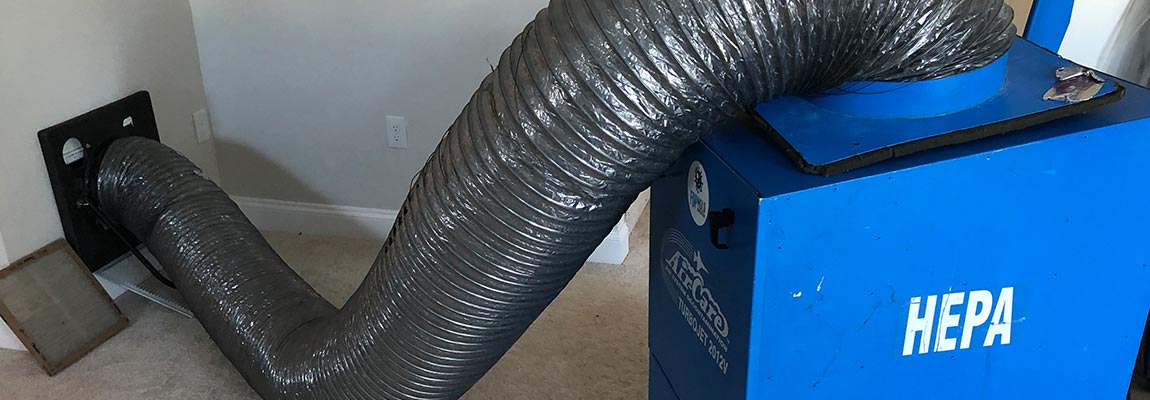How to Reduce Indoor Air Pollution
Here are some great tips about how to improve indoor air quality in your home and how to clean up your air from the air quality experts at Dustless Duct:
- Make sure that the filter on your furnace is replaced or cleaned regularly. Some filters should be replaced as often as once a month. Or consider upgrading to a reusable electrostatic filter. Electrostatic filters have a static charge that attracts smaller particles, while allowing greater air flow for better HVAC system efficiency.
- Increase air flow by opening the window. You'll exchange outdoor air for indoor air, which is a pretty good deal since indoor air can be five times more polluted than outdoor air, according to the Environmental Protection Agency.
- Moderate humidity is best for your home, between 30% and 50%. Higher humidity at home allows dust mites to flourish and mold spores to grow. If you have a humidity problem, invest in a dehumidifier.
- Try to avoid common causes of poor indoor air quality: cigarette smoke, dust accumulation due to rare routine cleaning, pet dander, mold & mildew etc.
- Try to eliminate sources of volatile organic compounds (VOCs). What are VOCs? VOCs are chemicals that have a really low boiling point, and so readily enter indoor air as a vapor. Household cleaners are notorious for their VOCs, stemming largely from fragrances added to the products by the manufacturers. VOCs are also found in paint, new furniture and carpets.
To reduce levels of VOCs in your home:
- Choose cleaning supplies without VOCs.
- If a product's instructions say to use it with good ventilation - do it. Your health may depend on it.
- To find out what is in many common products and their effects on your health, see the Household Products Database from the U.S. Department of Health & Human Services.
These are the common ways to reduce indoor air pollution. Follow these tips to avoid indoor air pollution causes and you'll notice the positive changes in the indoor air soon.
How to See What's in Your Air Ducts
HVAC systems work all year round and the more they work, the more dust settles in them. However, dust is not the only thing that accumulates within air ducts. There are so many more things that start to settle within the ductwork which cannot be cleaned by simple home equipment. To properly examine what is inside your air ducts, you need to do the following things:
- Firstly take a good look at the air vents when the HVAC system is running. If you see debris flowing out or dust coming through then there will be clogging within the system as well. It will need professional cleaning; a simple vacuum cleaner won't do.
- Another way to inspect the insides of your air ducts is by using a flash camera. Unscrew the vent grill and use the digital camera or cell phone camera with a flash to have a good look inside. Most of the dirt and filth will be visible to the naked eye. Dirt layers are difficult to get rid of and you should consider getting external help.
- Rodent waste or mold patches can also be present within air ducts so do look out for them. Flashing a bright light will surely make you aware of their presence. If there are multiple dead insects or rodent waste, you might need to call an exterminator along with an air duct cleaner.
Now, don't just go and grab your vacuum cleaner when you see what's there. You risk making your indoor air more polluted if you spread the dust around, and you can't reach every part of the air ducts with the vacuum cleaner anyway. Call Dustless Duct for prevention and control of indoor air pollution. We have the professional duct cleaning equipment to trap away every particle before it can reenter your home and leave your ducts without a speck of dust or debris.






